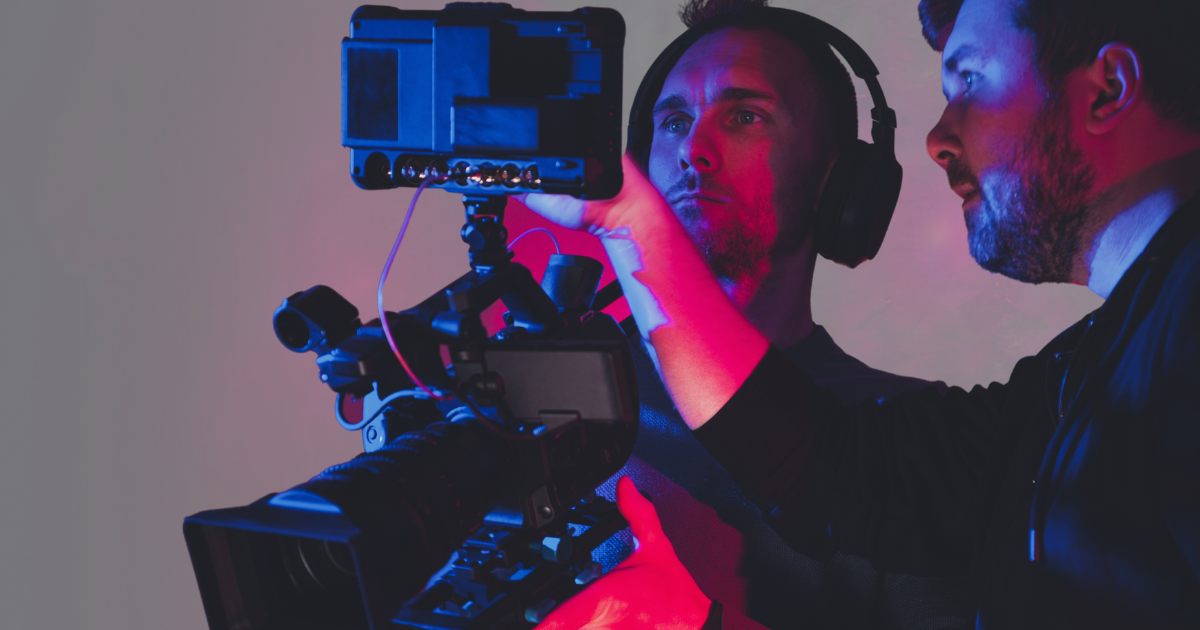How to do Technical SEO for Roofing Companies in 2024
by Eliza Spain on Feb 22, 2024
In the constantly changing digital environment of 2024, mastering Technical SEO (search engine optimization) is a defining factor for roofing companies seeking to establish and elevate their online presence.
Why Roofing Companies Should Consider Using HubSpot
by Keith Gutierrez on Feb 07, 2024
If you've been navigating the intricate world of roofing, you know that staying on top of projects, leads, and client relationships is no small feat.
Hiring In-House to Market Your Roofing Business Effectively
by Andrew Gutierrez on Jan 31, 2024
Effective marketing is the cornerstone of success for roofing businesses. In an industry where trust and reputation matter, reaching the right audience with a compelling message can make all the difference.
Why Every Roofing Company Should be Using Google Guaranteed
by Eliza Spain on Jan 24, 2024
Welcome to the digital era, where having a robust online presence isn't just a nice-to-have but a game-changer, especially for roofing companies. In a world where customers turn to the internet for everything, from finding local services to making informed decisions, being visible onl …
How Do Social Media Ads Compare to Traditional Advertising
by Keith Gutierrez on Jan 16, 2024
Social media advertising has dominated roofing marketing, increasing global spending and diverse platform-specific capabilities. Brands can leverage the unique features of each platform to create targeted and engaging campaigns.
What to Consider When Hiring a Videographer for Your Roofing Business
by Eliza Spain on Jan 11, 2024
Roofing companies face a unique challenge in showcasing their expertise and craftsmanship. While words can paint a picture, there's nothing quite like a well-captured video to leave a lasting impression on potential clients.






